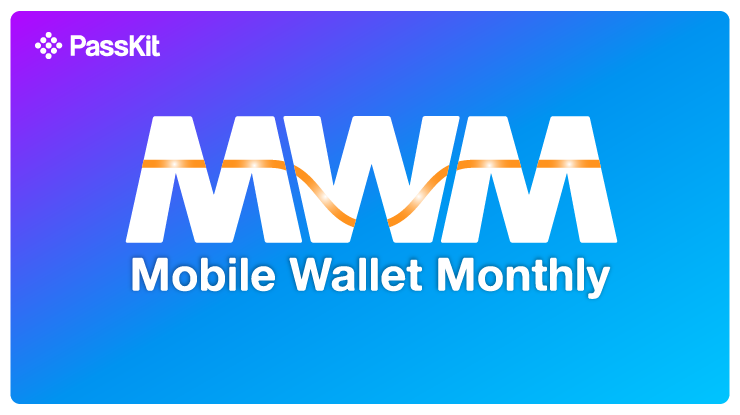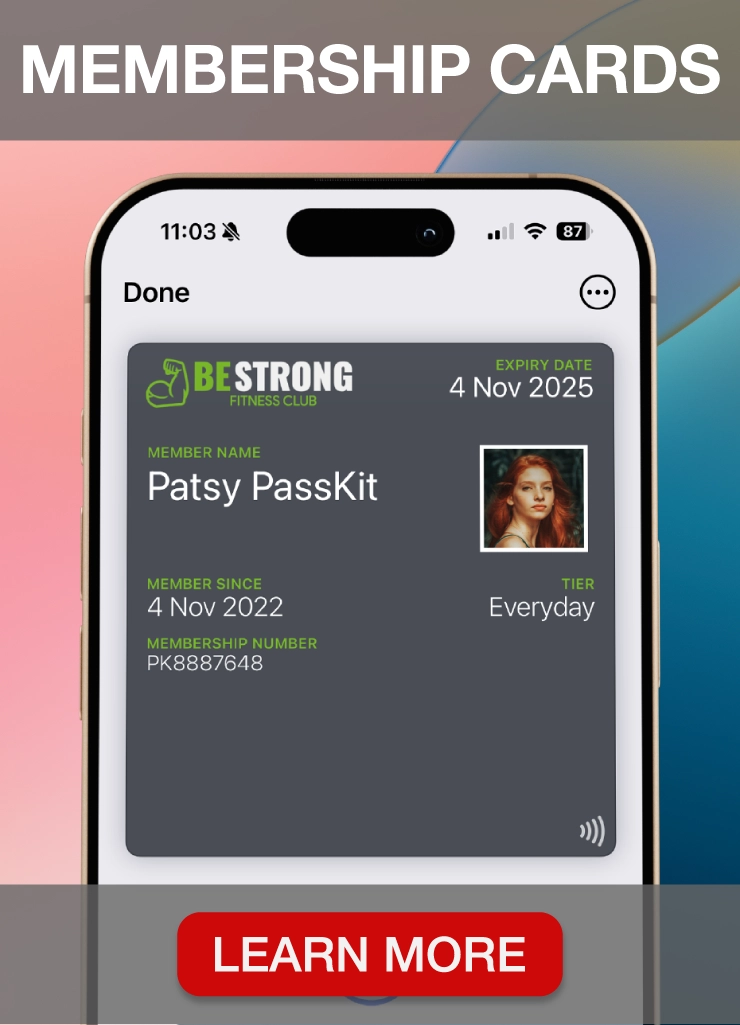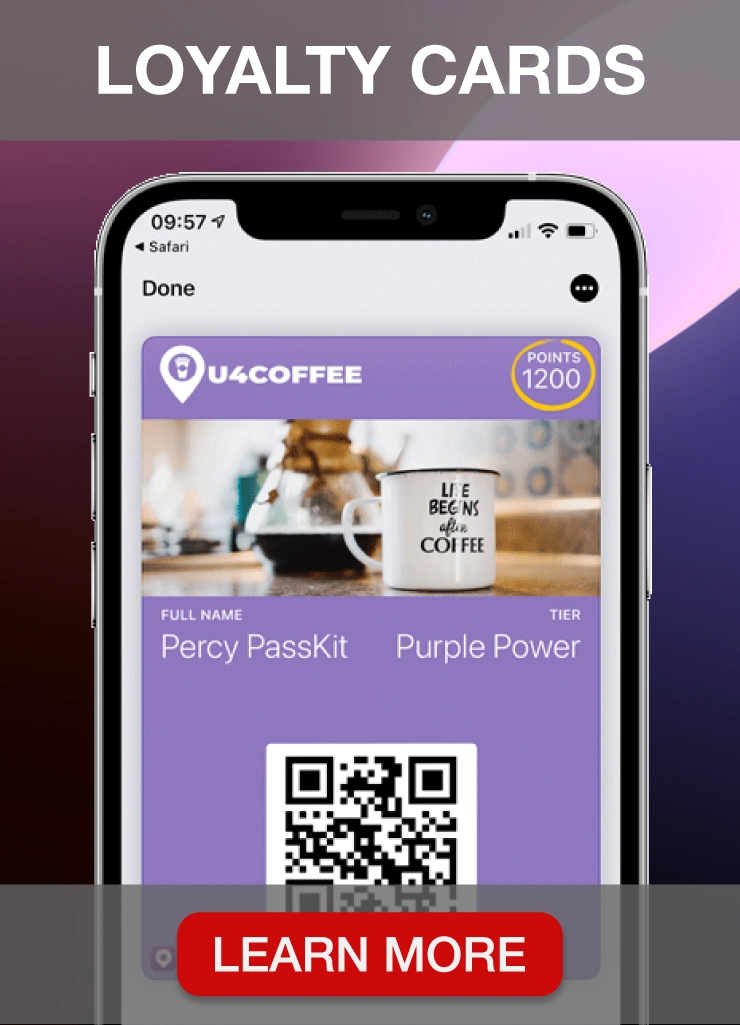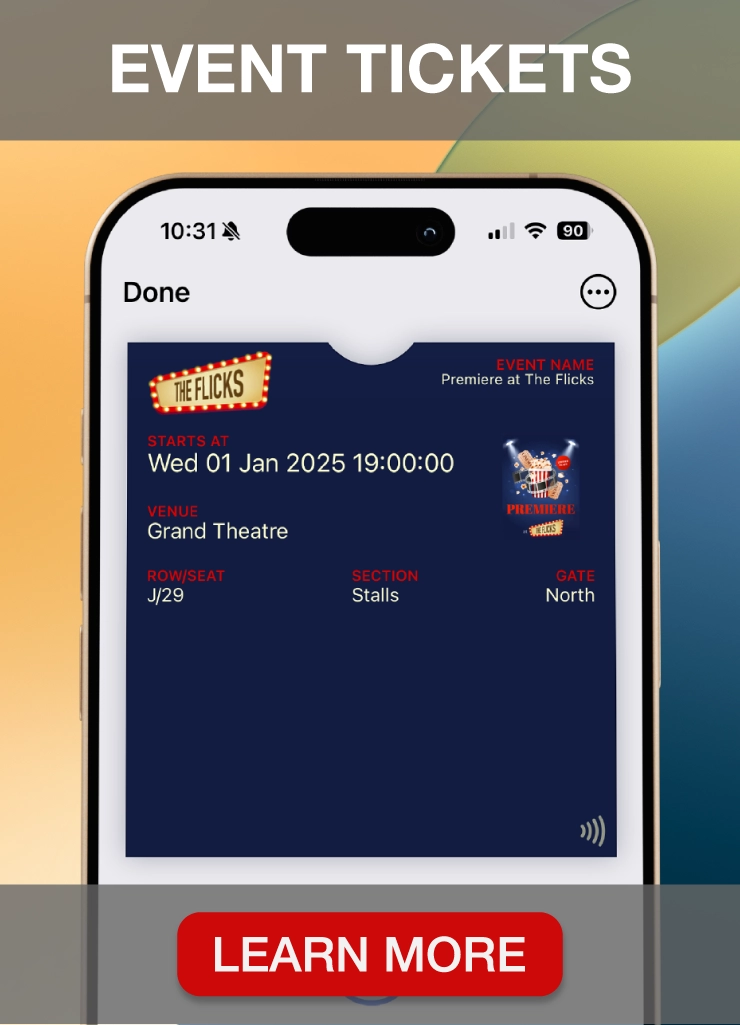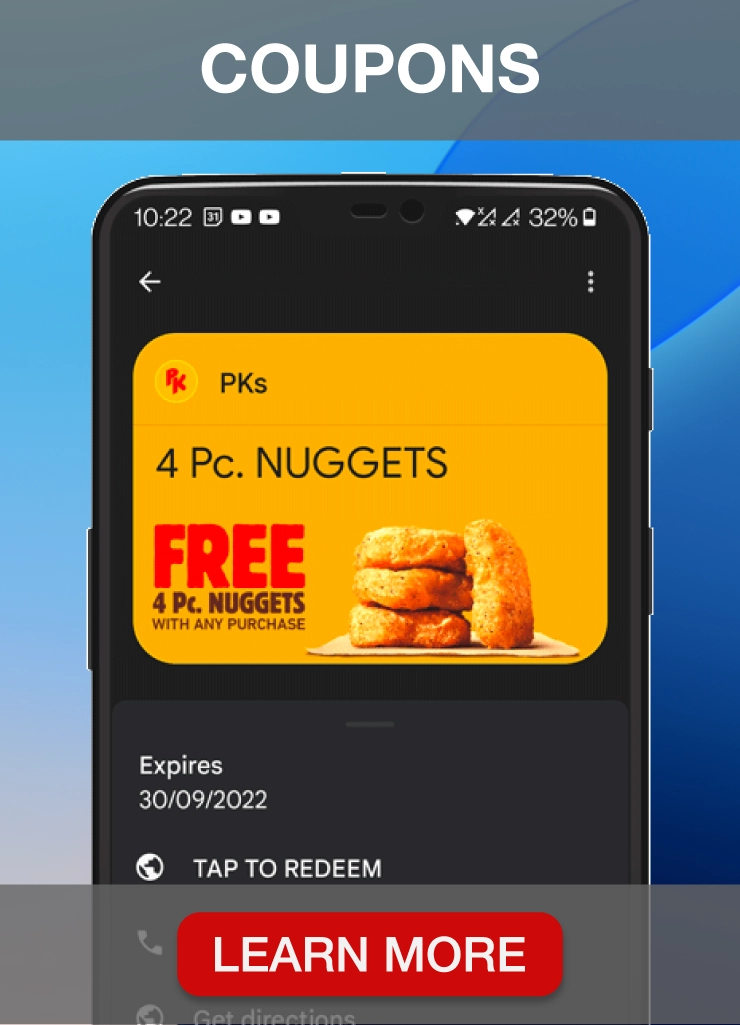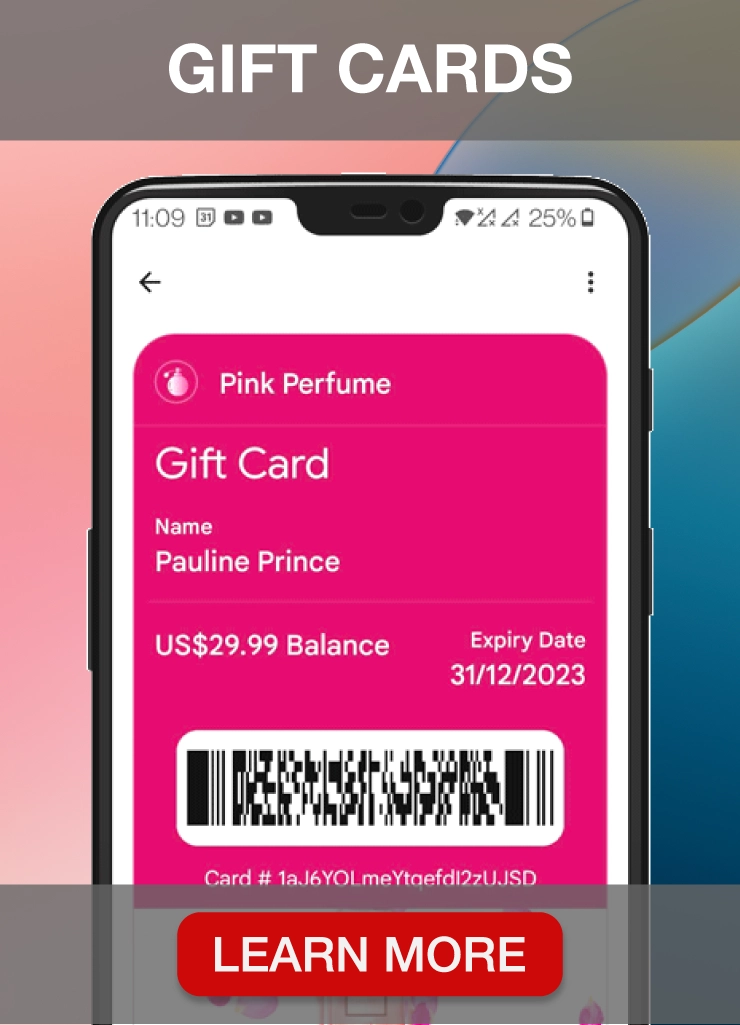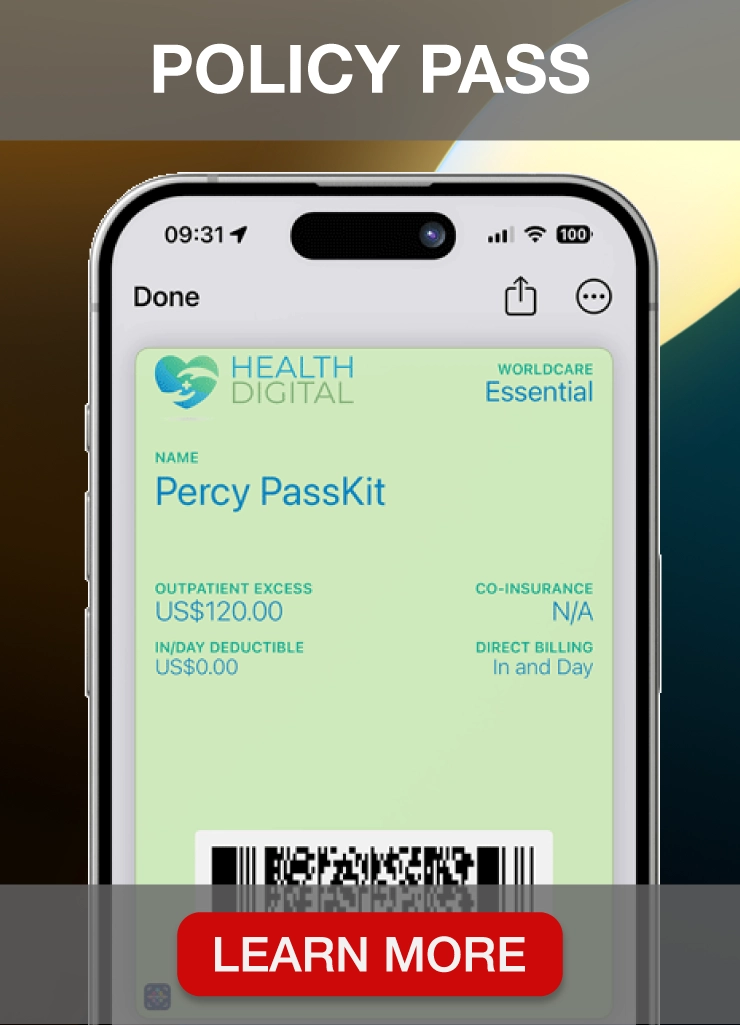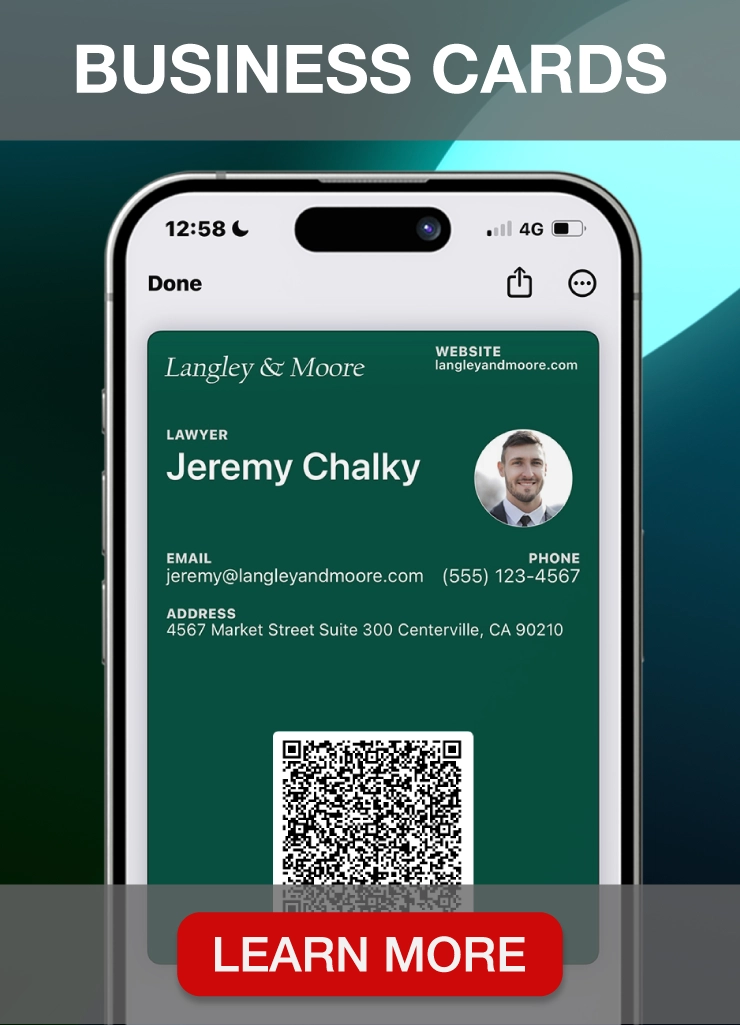Consumers are looking for better experiences in 2022, but companies are failing to respond, losing 9.5% of their income on average. It’s time to toss out the old company plans and attempt something fresh.
It is safe to say that the last two years have been a roller coaster ride for both firms and customers. Because of that, new consumer trends have emerged. Today, the pandemic has less effect on society, and despite that, some consumer trends continue to flourish. Our team at PassKit has been monitoring and reviewing each trend and consumer behavior to provide you with accurate data.
So, here are some of the global consumer trends for 2022, so you can get off to a good start!
1. Online shopping isn’t going away
It’s no surprise that the pandemic has pushed the transition to e-commerce. As lockdowns were implemented across the globe and many brick and mortar stores were forced to close or scale back their activity, online sales increased dramatically as a consumer trend.
According to the US Department of Commerce, e-commerce sales increased by 31.7% year over year in 2020, hitting $759.47 billion.
This expansion is expected to continue in 2022, although at a reduced pace. Online sales increased 9.1% year on year in the second quarter. Astonishing, since revenues had already climbed by 43.7% in Q2 2020 compared to the same quarter in 2019.
In the last few years, the number of online customers has increased. For example, there were 900 million more online consumers in 2021 than there were in 2020, representing a 4.4% year-over-year rise.
Exclusive online shopping events with significant discounts, such as Singles’ Day in China, Amazon Prime Day, Black Friday, and Cyber Monday, have also contributed to people flocking to e-shopping.
Given the current consumer trend, the opportunity for e-commerce is enormous. However, a more detailed study of this e-commerce data would go a long way. That means it would help ambitious e-commerce business owners to understand the future of online shopping better.
2. In-store interactions are still important
Despite suffering a significant decline since the epidemic, in-person commerce is not extinct. As the vaccine became available and the economy began to recover, in-store spending increased as a consumer trend.
According to the foot-traffic data firm Placer.ai, trips to indoor malls increased by 3.2% in October compared to the same month in 2019. Although this increase can be linked to the holiday season, there is cause for hope in terms of in-person purchasing.
For many customers, the ability to try out a product is the key reason they buy in-store. How cozy is that chair you saw on the Internet? Is that sweater as soft as you anticipated? In a physical store, you can always check and put items on, which greatly helps you make a final choice and, as a result, boosts customer happiness.
Another reason is that many consumers find the online purchase return process overly complicated or time demanding. So, if you buy in a physical store, you spare yourself the trouble of a return. You can choose what you want right away and don’t have to bother about a possible return.
However, you can always go digital to minimize the physical interaction due to pandemics as much as possible. For example, to meet the recently adopted (COVID-19) track and trace criteria, BOXPARK uses PassKit + CodeREADr integration.
This technology enables people to register their COVID status before visiting places. The contactless experience made for customers created a motive for them to register their data before they visit stores. It makes identifying customers’ info easier. As a result, the company’s staff can quickly manage their operations. It gives you an insight when someone tests positive for the virus (lights up red) and if someone is negative (comes up green)—(COVID-19) track and trace requirements.
Companies may use PassKit for loyalty passes, membership cards, and digital coupons for their consumers, who can then save them on their phones in Apple Wallet and Google Pay. It’s effortless! Give it a try today, and let us know what you think.
3. The modern consumer is mobile-oriented
Most of us nowadays use our smartphones to remain in touch with friends and family, stay up to date with the current news, purchase and have some well-deserved pleasure via social networking, online streaming, podcasts, or other channels.
According to Business Insider, mobile will account for over a third of all media time in 2021, with consumers spending an average of 190 minutes on their cell phones every day. In addition, smartphone time spent increased at the quickest rate since 2014 in 2020, and this rate is predicted to rise further, reaching 205 minutes in 2023.
Companies can no longer afford to neglect their consumers’ mobile experiences in today’s always-on digital world. As a result, mobile marketing is becoming more popular, with smartphone sizes ranking among the most popular display ad sizes this year.
I had a meeting with Boxpark a few weeks ago, and they confirmed that 80-90% of purchases are still placed via mobile ordering when clients are in the bar. The opportunity for the customer to quickly view their points on their phone/card is a great experience. Many loyalty programs are going mobile, and companies are getting rid of paper stamp cards and plastic loyalty cards. You can have it all in your phone now. Furthermore, putting a loyalty program into the clients’ phones helps companies collect a wealth of data about their clients!
As a result, we will see more contactless experiences, more ‘contact free’ interactions, more use of ‘real-time data,’ more customization (via mobile). In addition, we’ll see the decrease of native mobile apps and the continued rise of super apps (Apple Wallet and Google Pay).
4. Customization will rely on first-party data
Marketers have been contemplating solutions to third-party cookies since Apple’s Safari, Mozilla’s Firefox, and Google stated they would no longer support them.
Consumers are concerned about online privacy, but they still desire personalized services. As a result, it is more crucial than ever for companies to develop direct relationships with their customers and acquire first-party data rather than depend on mediators.
Experts advise encouraging clients to engage in questionnaires or interviews, register to the company’s email newsletter, or answer a few questions about their interests in a pop-up on the website as methods to acquire valuable data.
First-party data is critical for understanding the customer journey and tailoring your user experience across channels, allowing you to give the right content at the right moment when your customers want it.
Personalization of content will only get more crucial as smartphone usage grows. Therefore, you should make the most of the limited tools and time you have to provide your material promptly that is still beneficial to your clients.
5. Consumer trends are driven by social media
Today, more and more people are noticing products on social media. In addition, consumers are increasingly likely to participate in “passive buying” when they browse through their newsfeeds as media consumption has expanded dramatically in recent years. As a result, social media shopping increased by 36% in 2021 compared to the previous year.
Key social media statistics to keep in mind for consumer trends:
- Two-thirds of shoppers do some shopping on social media
- Usage varies by generation
- Shoppers use social media later in their journey
A strong social strategy is vital. Social media platforms have fast become the foundation of corporate operations, and they are critical for creating real interactions with consumer behavior to promote long-term brand loyalty. Not to add, when done correctly, they can increase online sales.
Brands may use social media platforms to gather real-time data into their audience’s preferences and try out new graphics to optimize images and videos throughout marketing and e-commerce contact points. For example, companies can:
- See how customers use their products or services
- Learn what customers dislike about their brand
- Discover what customers like about their brand
- Gain insight into what customers expect from their brand in the future
- See what trends customers are interested in
- Get to know their customers on a personal level
All of the data is easily found on social media. For example, many consumers tweet about their experiences, post pictures on Instagram, and have online discussions about what they like or dislike. To instantly see what’s popular, visit the explore page on sites such as Twitter and YouTube, or use a tool such as Google Trends to see which topics are gaining momentum.
With millions of daily active users on platforms like Facebook, Instagram, and TikTok, marketers should not underestimate the massive exposure chance of social media.
Every platform has its own set of advantages. Instagram and Pinterest, for example, allow you to present products in aesthetically appealing ways, while TikTok is ideal for attracting younger consumers. So make sure you select the proper ones for your company and concentrate on them.
6. Resilience is more important than ever before
In the midst of the Covid crisis’s uncertainties, people began to worry more about the future, particularly in terms of mental health, environment, and safety.
Given this and the recent ecological disasters in the United States, such as the California wildfires and storms like Ida, it’s no surprise that consumers take environmental measures, mental health concerns, and welfare more carefully and want businesses to do the same.
Many major brands are well aware of this. For example, Unilever, P&G, and Nestlé have previously pledged to reduce their ecological footprint. This strategy may appear costly to small firms at first, but it will undoubtedly pay off in the long term.
For example, at PassKit, we embrace this trend by providing our customers with a safe, nature-friendly way to approach their loyalty programs. PassKit lets you create digital loyalty passes, membership cards, digital coupons, and more. But more importantly, PassKit is:
- A safe contactless way for your clients to interact with your business
- A 100% digital loyalty solution that preserves nature (no paper or plastic use)
- An affordable way for all size businesses to run their loyalty program that you can set up in minutes
By embracing digital, brands can save money and contribute to a more green lifestyle by minimizing waste (plastic pollution) from single-use promotional goods. In addition, eliminating paperwork and adopting digital solutions allows companies to establish fast, simple, and effective communication with customers while also staying green!
7. Everyone is becoming more engaged with their local communities
People were aware of the value of human contact after a long time of social separation, making them more inclined to desire to engage in local communities. Purchasing locally produced products from smaller companies with local ownership is a way of contributing to these communities that have proven to be an important part of our lives.
We’ll start redefining what’s achievable after having plenty of time to reflect. That will entail using technology, linking new ideas, and restoring our skills, resources, and capacities. We shall promote connectivity to develop resilience, stability, and adaptation.
It will be linked to the importance of placemaking in the community engagement area. For community involvement to be successful, people need to connect with each other and their communities. That can help the environment we live in be more valuable for everyone.
What does all of this indicate for brands? First, small businesses will profit from the increased consumer behavior interest in locally sourced, community-sourced goods, which will help them balance at least some of the lost profit during the outbreak. That can be interpreted as a wake-up message for large corporations to humanize their branding and become more active in the communities in which they operate.
Some examples of worldwide companies with great local involvement to get you inspired:
- Nike’s “Nothing Beats a Londoner”
- New local store formula for H&M Amsterdam
- Ikea using dialect to promote new Malaysian store
- Morrisons supermarkets supporting local food makers
Consumer trends key takeaways
- The consumer journey starts with “when do I need it?”
- Sustainability is back, but with a critical eye
- The pandemic-driven customer-centricity movement is here to stay
- Greater self-awareness drives new behaviors
- Shopping is an always-on experience
- Contactless and personalized experience is on the rise
Conclusion
You understand better than anybody else that staying in business requires ongoing adaptation, reevaluation, and precise tailoring. These consumer trends for 2022 might help you decide where to focus your attention and invest in the future year!
We hope that our article helped you get on the right path. So, if you’re ready for your next journey and want to make the most out of digital, contact us at PassKit now and start building your perfect strategy!
FAQ
What are consumer trends?
It means a new pattern of action among consumers. It can also mean a shift in one’s attitude or point of view. Consumers may also show a new level of demand. Any of these could serve as the foundation for a consumer trend.
How do you identify consumer trends?
You can identify consumer trends by reviewing market analysis and trend statistics, following influencers’ websites or social media profiles, employing keyword and search query analytics tools, and more.
Why is the consumer trend important?
Since businesses frequently require a significant lead time to introduce a new product or reposition a current one, it is critical to monitor where customers are and where they are heading.

